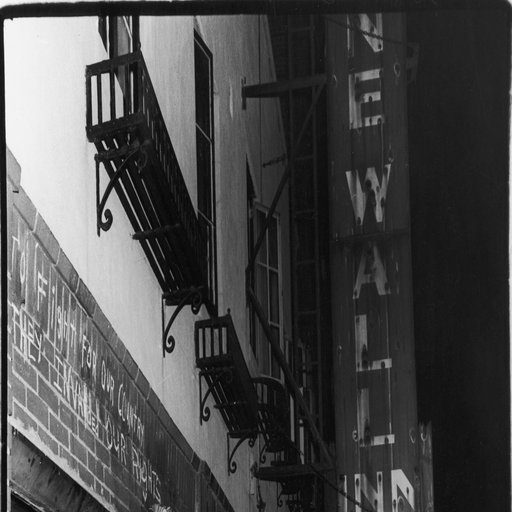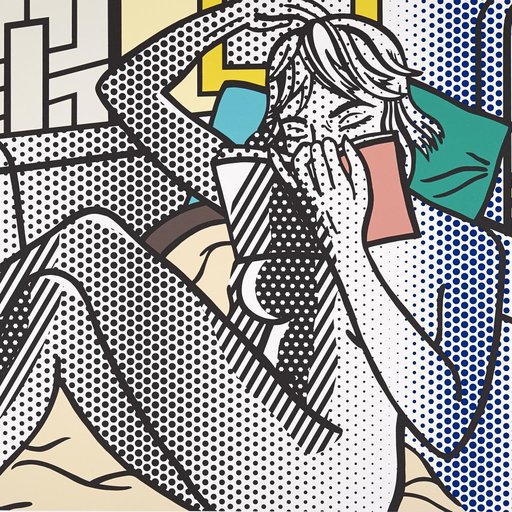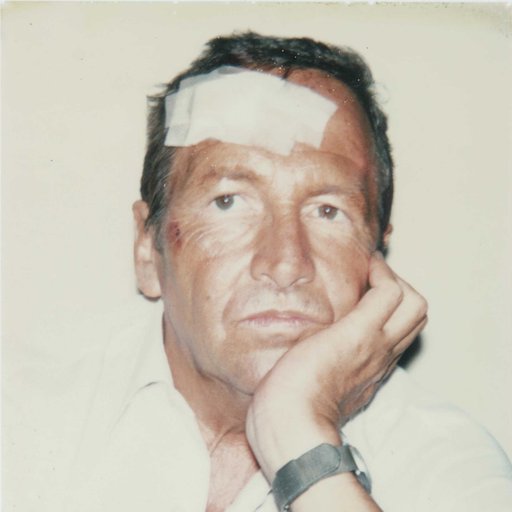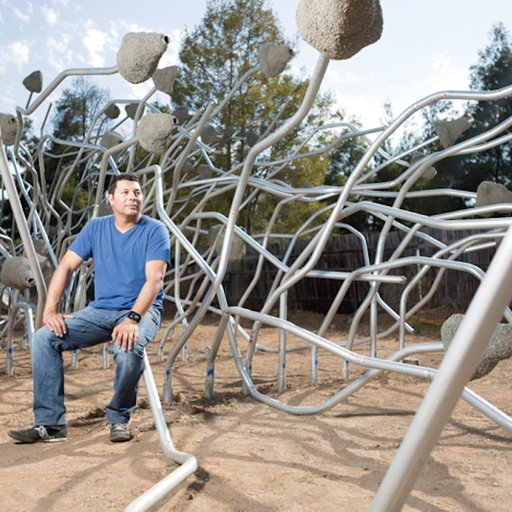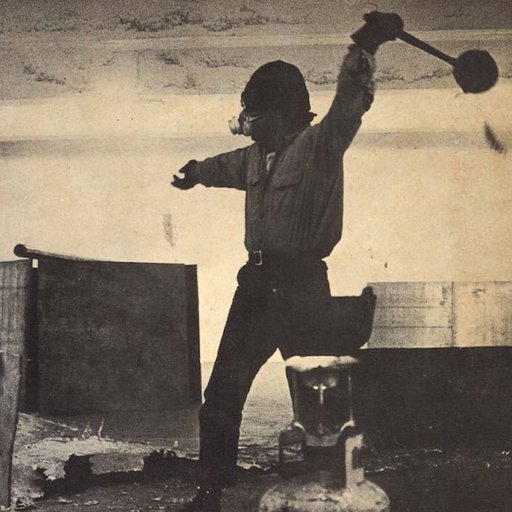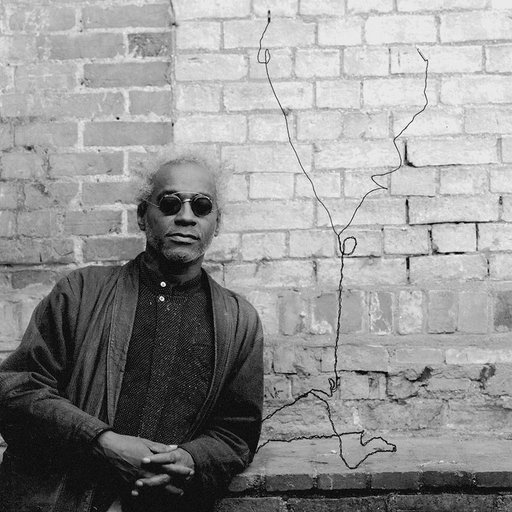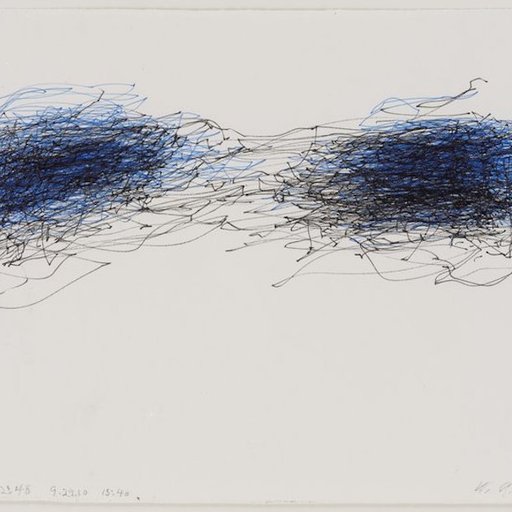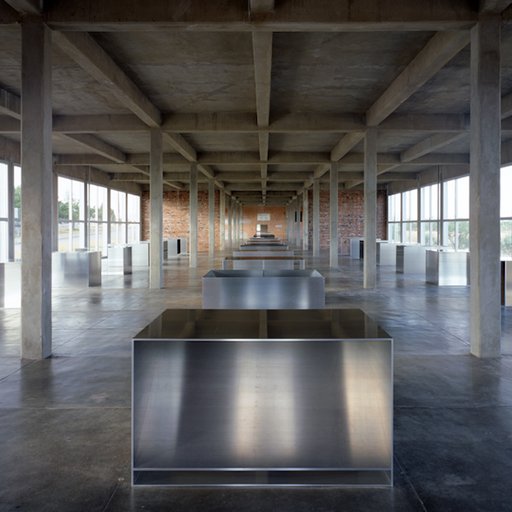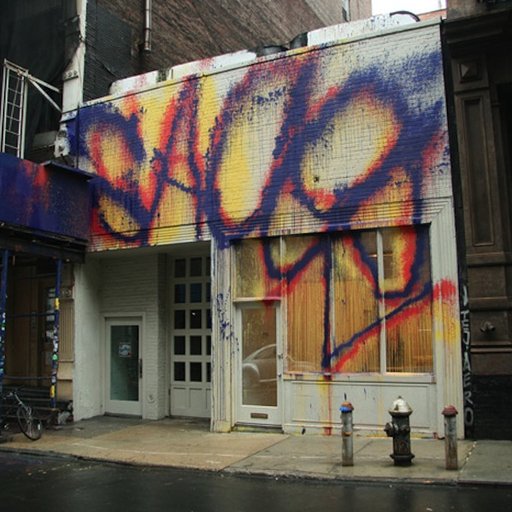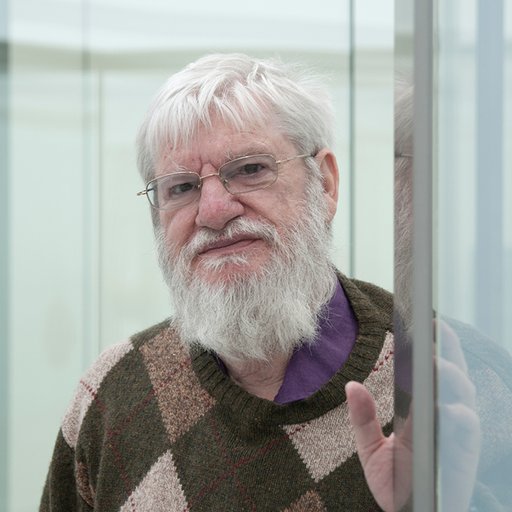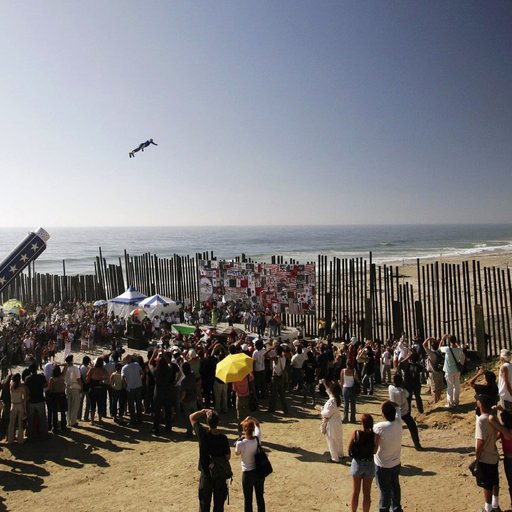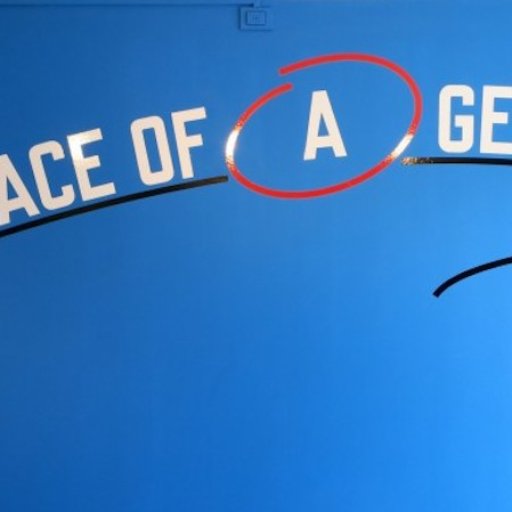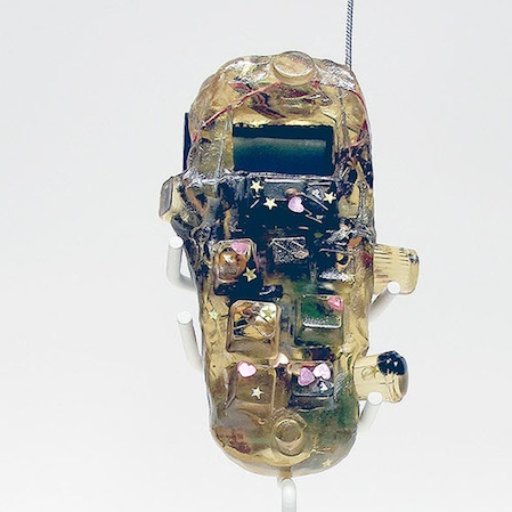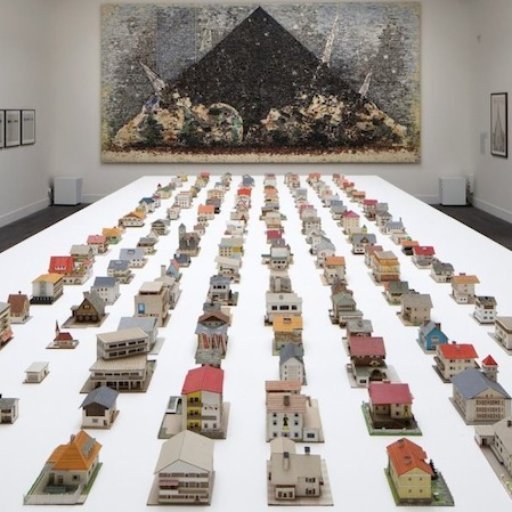Sculptor and painter Robert Morris pioneered many of the major artistic movements of the 1960s and 1970s. He is known for his role in defining the Minimalist movement in the mid-'60s after publishing an influential series of articles in New York and exhibiting his large conceptual, geometric sculptures that embodied many concepts of Minimalism.
In addition, Morris contributed to the development of performance art, land art, Process art, and installation art. His work in the 1970s was characterized by the use of ephemeral and experimental materials to create impermanent sculptures that challenged the physicality of the art object. His style changed in the 1980s when he returned to drawing and painting, integrating them with sculpture to produce dark, apocalyptic visions.
Although much of Morris's greatest work no longer physically exists due to its transient quality, it lives on as a contribution to the history of art in photographs and written documentation.
THANKS FOR SIGNING UP FOR OUR NEWSLETTER.
THAT EMAIL HAS ALREADY BEEN SUBSCRIBED.
Now, personalize your account so you can discover more art you'll love.
PERSONALIZE YOUR ACCOUNTDISCOVER
a treasure trove of fine art from the world's most renowned artists, galleries, museums and cultural institutions. We offer exclusive works you can't find anywhere else.
LEARN
through exclusive content featuring art news, collecting guides, and interviews with artists, dealers, collectors, curators and influencers.
BUY
authentic artworks from across the globe. Collecting with us means you're helping to sustain creative culture and supporting organizations that are making the world a better place.
CONNECT
with our art advisors for buying advice or to help you find the art that's perfect for you. We have the resources to find works that suit your needs.

INSIDER ACCESS TO THE WORLD'S BEST ART
Artspace offers you authentic, exclusive works from world-renowned artists, galleries, museums and cultural institutions. Collecting with us helps support creative culture while bringing you art news, interviews and access to global art resources.

